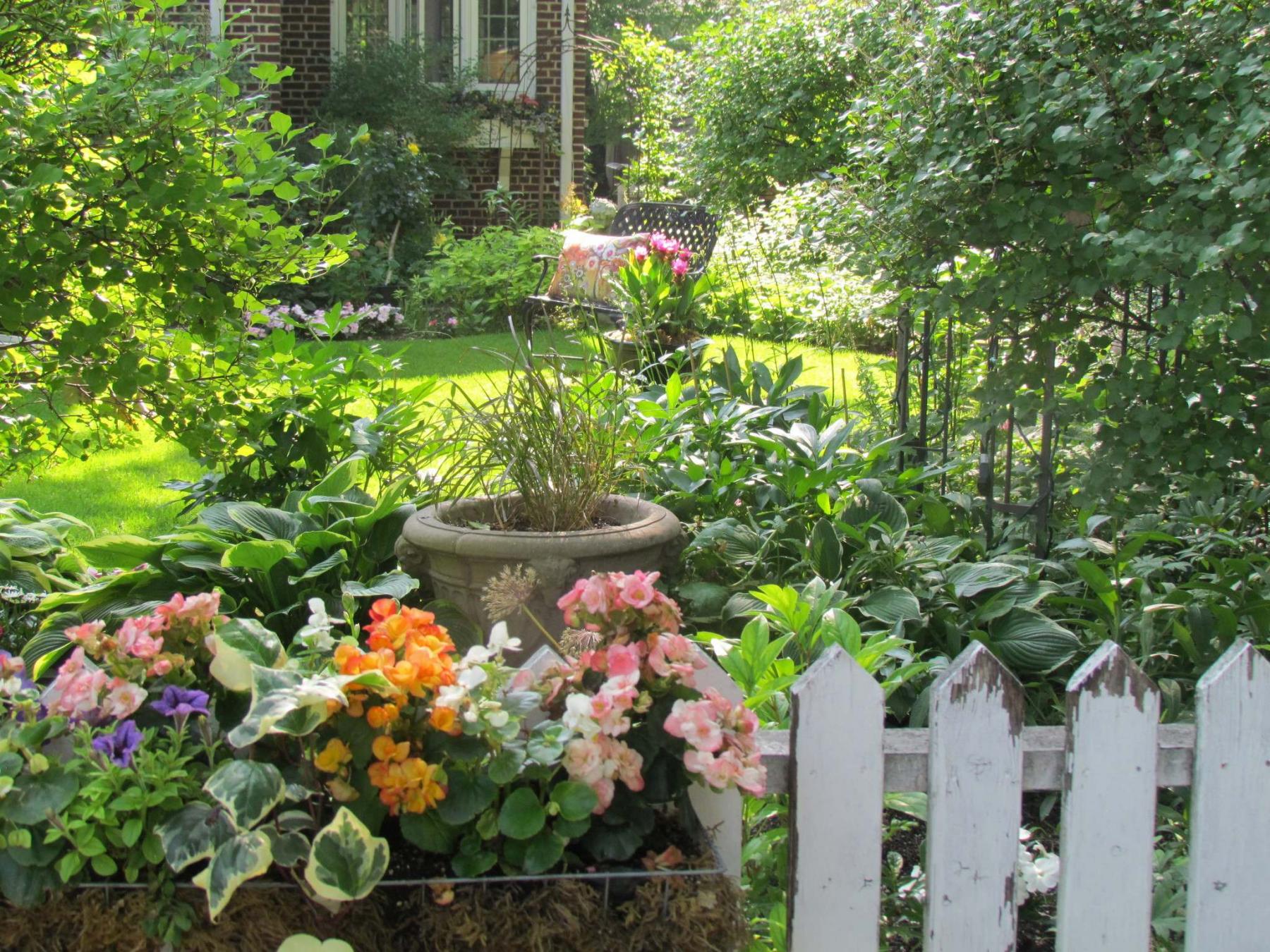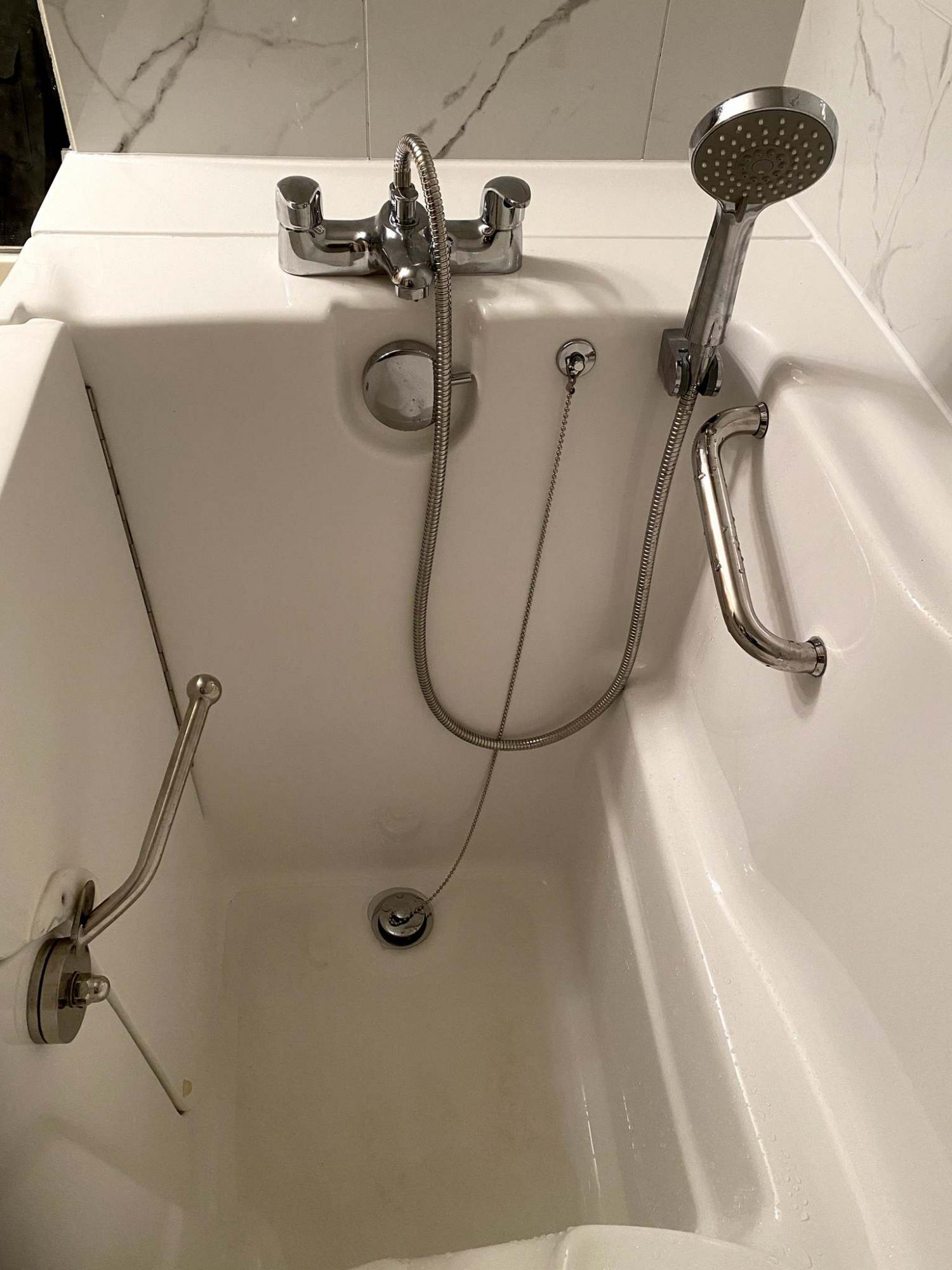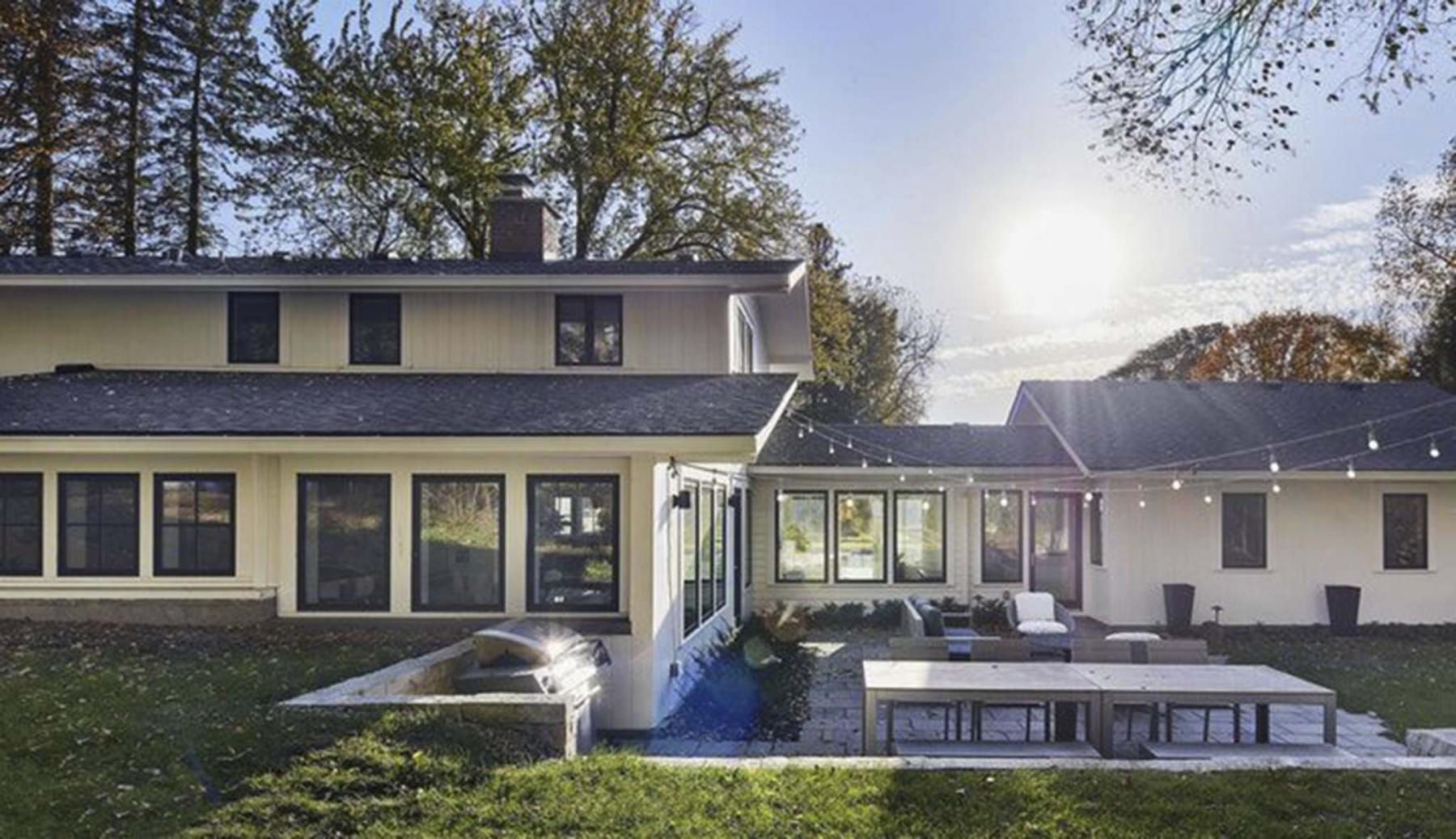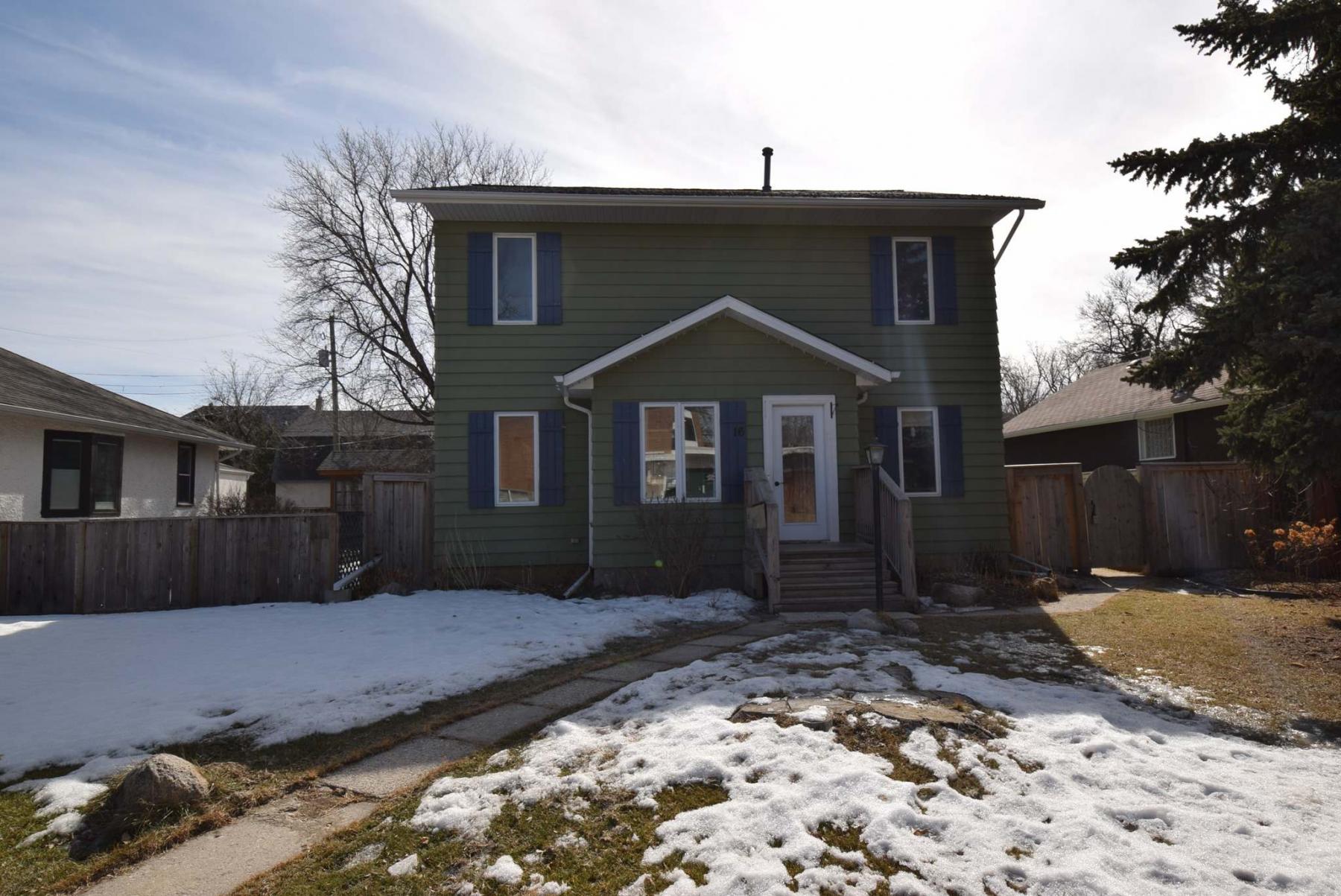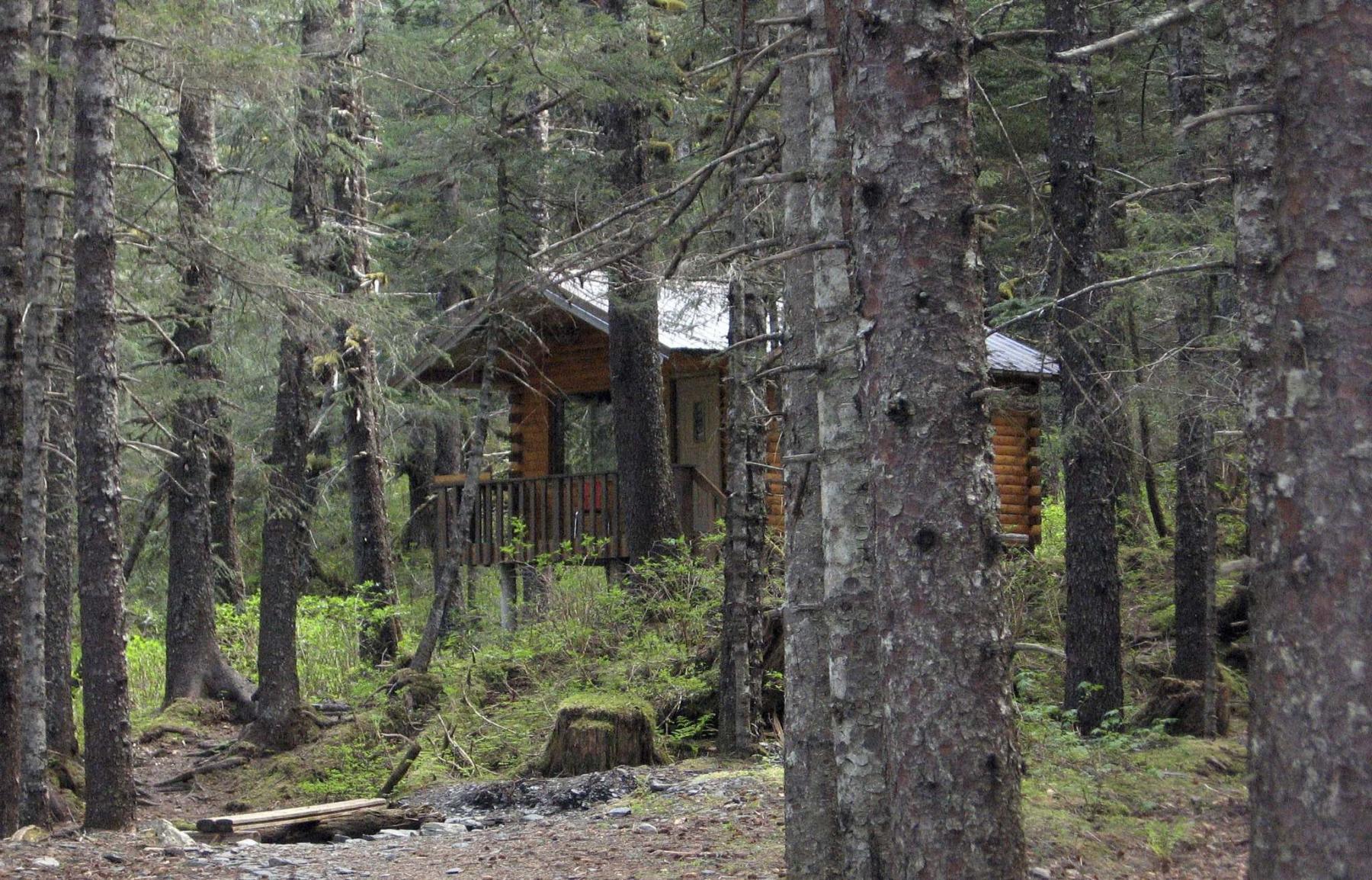Renovation & Design
Renovation & Design
First-time pandemic gardeners are excited to start a second season of food crops
They beat the heat, battled horned beasts and survived an attack of the giant tomato plant. Now last year’s indomitable pandemic gardeners are back for more, come rain or come shine.
"I’m itching and waiting," said Lily Cheng, who as a first-timer last year turned her Willowdale front yard into a prolific veggie patch — and an all-you-can-eat buffet for pests.
"I’m pretty squeamish about bugs but because of my love for my garden, I’d squish them with bare hands … ‘You’re gonna die!’ " she said of her declaration of war.
Her ultimate sweet taste of victory came from a homegrown haul of several types of vegetables, plus herbs and strawberries.
Cheng is among the army of urban farmers trading advice and stories on Grow Food Toronto, a popular GTA-based Facebook group with 2,600 members.
"There was phenomenal interest in food-growing last summer, and all signs point to even more interest this year," said veteran green thumb Lorraine Johnson, who co-moderates the group with Cheyenne Sundance and Rhonda Teitel-Payne.
Thwarting threats of all kinds keeps budding horticulturalists hopping, as Cheng discovered.
"The thing that broke my heart was my cucumbers — when bacterial wilt started happening," she laments about the disease that caused "crushing losses."
This time around she’s searching out disease-resistant species and plans to space plants farther apart in a garden that now extends to a row of straw bales — left over from a local church’s nativity scene — for growing eggplants and pollinator flowers.
The outdoor project was fertile ground for family fun as Cheng’s kids, Carter, 8, and Freesia, 6, discovered the joys of watering and snacking on fresh mint. Tomatoes were still appearing on December dinner plates, said Cheng, who also shared crops among green-with-envy neighbours.
She said her "number one" satisfaction, though, was "watching my kids, and their amazement and pride."
As a fledgling farmer, Deepak Monga "learned a lot of things" after planting himself firmly in his North York back garden.
"I would splash (water) around everywhere" until "the boss" (wife Vidula) told him to direct it at root level, admits the insurance broker. Misdirected dousings notwithstanding, the vegetarian couple was rewarded with bagfuls of organic hot chili peppers, basil, kale, spinach, chives, onions and garlic to preserve and freeze.
Experimental ground cherries were a hit with critters who "had a party every night" but left some for their hosts, said Vidula, a supply teacher.
Trial peanuts yielded a paltry one pound, but blight-free tomatoes just kept on coming. After COVID closed the greenhouse at Black Creek Community Farm where the couple volunteers, they rescued several dozen trays of baby plants to tend themselves and give away to other gardeners.
All in all, "we enjoyed the back yard more than ever before," said Deepak, who’s added a raised bed in the front. Built with busted-up wooden skids, he plans for a colourful new garden with red amaranth, greens and edible flowers.
In downtown Toronto, Jodi Pudge made her first foray into tiny farming on her two balconies after picking up the basics during an online workshop. With six large planter boxes and half a dozen pots, she grew strawberries, Swiss chard, bok choi, kale, snap peas, radishes, beets, arugula and herbs.
But the "six-foot-tall giant tomato plant" was a mistake after she bought the wrong seeds, laughs Pudge, a professional food photographer. And some things were more worthwhile than others, she concluded, singling out strawberries that were "beautiful to watch" but only yielded a "couple of handfuls." Pole beans succumbed to humidity but smaller stuff like beets, kale and radishes thrived, she added.
To her surprise, an abundance of birds and bumblebees found her 11th-floor "little urban oasis" where she also practised yoga.
The daily routine of tending her "babies" and watching them grow was both "a lesson in resilience" and "a reminder to slow down," noted Pudge, who shared her cornucopia with her partner and friends.
With a spreadsheet to organize this year’s garden, the second-year gardener plans to grow additional herbs, plus lavender, wildflowers, fennel and — most important — smaller, bush-type tomatoes.
Newbies in search of inspiration need only look to Kerry Alvarez and her social media platforms. Not only was 2020 her best gardening season ever, it produced a bumper crop of preserves, from cowboy candy jalapenÌos and lychee jelly to pickled vegetables and salsa verde.
Among the pictures she’s posted on Instagram under the name KerryKeane are artfully arranged peppers, tomatoes, okra, bitter melon, squash and cucumbers. She also gives agri-food tutorials on her YouTube channel.
"I love harvesting," said Alvarez, whose mom was a "huge gardener" in the Philippines.
A server with pandemic time on her hands, she used the front, back and balcony of her Mississauga townhouse to grow an estimated 300 plants in raised beds, containers and trellises.
Growing food is a trial-and-error journey, observed Alvarez, whose first piece of advice is "to accept that a third of your crop is going to go to critters and bugs." Dedicated to her gardens, she bought a $20 black light flashlight for night-time detection of tomato hornworms: fat, green, crop-killing caterpillars.
To save money, she starts her own seedlings, sometimes using seeds from grocery store vegetables. She keeps a garden journal and stresses the importance of pruning for plant health and also urges people not to overwater.
Carola Vyhnak is a Cobourg-based writer covering personal finance, home and real-estate stories. She is a contributor for the Star. Reach her via email: cvyhnak@gmail.com
Renovation & Design
Maintenance key for home mechanicals
Question: We currently live in a home that has both a natural gas heating system as well as an on-demand hot water heater. I would like to know how often these should be serviced, annually or over a longer time period if no issues arise?
Thanks for any advice about this, Bob B.
Answer: Regular maintenance and professional servicing may be more critical for certain mechanical systems in our home than others, but almost all of these will require some maintenance. Annual service on older heating equipment is recommended, but requirements for water heaters may vary depending on various factors.
Any mechanical device will require periodic maintenance to ensure it is working as efficiently as possible, and does not have any damaged or worn components. We all know this about our vehicles, but do not necessarily have this same mindset with the systems in our homes. Some of these, like many of our household appliances, do not require much maintenance unless there is a malfunction. They will still need regular cleaning to keep things running smoothly, but most of those powered by electricity, like washers and dryers, may go years without requiring any servicing.
Small malfunctions or damage to some of the mechanical components in our house may be within the skill level of a typical homeowner to fix. If the light bulb burns out on a refrigerator or freezer, most people can replace it. If the dryer vent comes loose, or the vent hood at the exterior becomes damaged, it may not be necessary to call in an expert to bring it back to functional condition. Even small repairs to plumbing fixtures, drains, or supply pipes may be easily handled by an experienced weekend warrior. In fact, I am writing this article just after cleaning out the drains and traps under a couple of bathroom sinks in my own home. That removal of rather gross hair and gunk deposits was precipitated by gradual slowing of proper water flow through those drains.
Alternatively, there is servicing on some systems in the standard home that should not be attempted, even by an experienced homeowner. Regular servicing of your gas-fired furnace falls into this category. Because this heating appliance is connected to the natural gas piping supply to the home, it should always be approached with caution. Due to the combustible nature of this fuel, only licensed gasfitters, or other properly certified technicians, are allowed to provide this type of service.
This is true of any significant modifications to the gas lines or heating components in the furnace. You may be able to handle simple maintenance items like filter replacement, cleaning out plugged or dirty condensate hoses, or vacuuming dust from the blower and cabinet, but most others should not be attempted. Any maintenance or repairs that has to do with the gas piping, gas valves, burners, or any electronic or electrical components should be left to the experts. Making a mistake, or damaging any of these components, can lead to a major life-safety hazard. A typical service call, often referred to as an annual service, should always be done by a well-trained, licensed professional.
The frequency of the standard heating system service often depends on the age and condition of the components. Most newer high efficiency natural gas furnaces have sealed combustion chambers and electronic components that rarely need much adjustment or repairs for the first few years, unless they are defective. A new furnace should be inspected by a licensed HVAC technician within the first year after installation, just to ensure everything is working properly. After that, every two to three years may be sufficient, as long as you change the filters regularly and everything is working well. Once the furnace is beyond ten years old, or if you have an older unit that is not high efficiency, it should be serviced annually. This will ensure that there are no safety hazards and prevent an unnecessary shut down and emergency service call in the middle of the heating season.
A proper servicing should always include a thorough cleaning of the main furnace fan, or blower, to ensure maximum airflow through the heating ducts and registers. A large amount of dust and debris can collect on the blades, which may only be fully removed by manual cleaning. The blower may have to be physically removed from the cabinet for the most thorough cleaning, which may not be required every year, as long as annual servicing is maintained. Any necessary adjustments to the burners, or controls, should also be completed at this time to ensure maximum efficiency of the heating system.
As far as service for your on-demand water heater, that will largely depend on the water quality in your home. If you have municipally treated water with very low mineral content, like in the Winnipeg area, there may be minimal maintenance required. If you have well water, or municipally treated water that is described as "hard", regular cleaning may be necessary. Draining the unit and running a cleaning solution, or vinegar, through the components may help remove built up debris inside. As I have never owned a tankless water heater, and have little experience with them, I am only speculating on this. Consulting the owner’s manual, or online maintenance recommendations from the manufacturer, should answer this question more accurately.
Annual servicing should be done by a licensed HVAC technician on your natural gas furnace once it exceeds its first decade, to ensure the most efficient operation, and prevent an unnecessary breakdown or damage to components. As far as the water heater, that will depend on the water quality in your home and the recommendations of the company that made it.
Ari Marantz is the owner of Trained Eye Home Inspection Ltd. and the past president of the Canadian Association of Home & Property Inspectors — Manitoba (cahpi.mb.ca). Questions can be emailed to the address below. Ari can be reached at 204-291-5358 or check out his website at trainedeye.ca.
trainedeye@iname.com
Renovation & Design
Clean suede boots with rubbing alcohol
Question: I have a pair of tan suede boots and I spilled black copier toner on them. I know you’re supposed to vacuum the toner, but instead I rubbed what I could. Then at home, I put Oxyclean on them and ran them through the washing machine with cold water, twice. Is there anything else that can be done? Bertha
Answer: Great that you did not put the boots in the dryer! Begin by spraying the area with a spray bottle containing rubbing alcohol. Dab the suede with a cloth. If the ink transfers, continue to dab the stain. Allow the boots to dry. If the stain remains, gently rub the area with fine sandpaper, being careful not to damage the textile. Worst-case scenario, dye the boots black to hide the stain.
Question: I was going through your book, Household Solutions 3, about laundry. My question is, can I use chlorine in my washing machine to wash whites? I have never done this. I hope you have an answer for me. Thanks, Joanne
Answer: Yes and no. While there are many alternatives to full strength bleach, including borax, washing soda, hydrogen peroxide and baking soda, some people prefer to use bleach. Never add chlorine bleach directly into your laundry, this can cause holes in your clothes (personal experience). Instead, read the manufacture’s washing machine instructions for bleach. Add the amount of bleach, specified by the manufacturer, five minutes into the cycle as this will give the laundry detergent time to clean.
Question: Any hints on how to remove fold line wrinkles from a plastic tablecloth? I tried warming it with a hairdryer and smoothing with my hand, but no luck. The backing seems too synthetic to use even a low temp iron. I don’t want to damage the iron. What about soaking it in a tub of warm water? I’d like the tablecloth to look as real as possible, so thanks for any ideas. Irene
Answer: Soaking it in the bathtub with a bit of hair conditioner should do the trick, this is the easiest process for getting rid of the wrinkles.
Question: Help! I had a red blanket on a white leather couch. The red bled through onto the couch and now the leather is tinted red. I tried leather cleaner, Mr. Clean Magic Eraser, even bleach and nothing worked. Do you have a solution? Mona
Answer: Your safest bet, is to leave the stain alone and allow the dye to fade on its own. Second option, purchase a leather cleaner and use it according to the instructions on the packaging. Third option, purchase Sunlight detergent laundry soap, use water and a soft cloth to clean the area. Option four, spray the area with hairspray, and wipe. Always test on an inconspicuous area first.
Note: Every user assumes all risks of injury or damage resulting from the implementation of any suggestions in this column. Test all products on an inconspicuous area first.
Reena Nerbas is a popular motivational presenter for large and small groups, check out her website: reena.ca.
info@reena.ca
Renovation & Design
Baking soda will remove stubborn teacup stains
Question: I notice that when I remove my teacup from the dishwasher it has a brown stain on the inside of the cup. What is the best way to prevent this? Thank-you, Louisa
Answer: Most of the time, if you apply a little dish soap to a green scrubby pad and scrub the inside of the cup, the stain will disappear. For stubborn stains, apply baking soda to a damp, green scrubby pad. Wipe and rinse.
Question: When I roll out bread dough, I lay my plastic cutting board on the counter and roll out the dough on the board. My cutting boards are so old that the dough picks up the odour left behind on the board. Are there any cutting boards, that would not transfer an odour to the bread dough? Liezel
Answer: A stainless steel cutting board is a good investment for kneading dough. Avoid using them as surfaces for cutting, as you will notice that your knives become dull, but for bread dough they are perfect because they don’t transfer odours. Dampen a dish cloth and lay it under the cutting board, so that the board doesn’t slide around while you knead the dough.
Question: I have a door that squeaks, it absolutely drives me crazy especially at night when I am trying not to disturb my dog. As cautious as I am, she inevitably wakes up and then wants to be let outside. I recently painted the door, I am wondering if this may have something to do with the squeak. Any suggestions? Derrick
Answer: The first solution is to tighten the hinges and use a cotton swab to apply petroleum jelly or spray WD-40 on the hinges. Next, rub paraffin or paste wax onto the door jams. If that doesn’t fix the sticking, secure transparent tape inside the door jams. If all else fails, lightly sand the areas, not to remove the paint, just to add roughness to the sticky areas.
Question: When measuring ingredients for some of my recipes, they call for six tablespoons of margarine. What is the equivalent in cups? Knowing this would save me a lot of time. Thanks, Texas
Answer: Eight tablespoons is equivalent to half a cup, but six tablespoons is equal to 0.375 cups. A quick trick for measuring six tablespoons is to fill a half cup with butter or margarine, and then scoop two tabelspoons out of the cup — it’s backwards, but it works.
Question: What is the fastest method for drying a stack of lumber? I want to build a sauna, but I don’t want to wait for months to dry out the wood. Many thanks. Kenton
Answer: Position a dehumidifier beside the wood and let it take care of the moisture. This method will reduce drying time from months to weeks.
Note: Every user assumes all risks of injury or damage resulting from the implementation of any suggestions in this column. Test all products on an inconspicuous area first.
Have a great suggestion or tip? Please send an email at: info@reena.ca. Reena Nerbas is a popular motivational presenter for large and small groups; check out her website: reena.ca.

